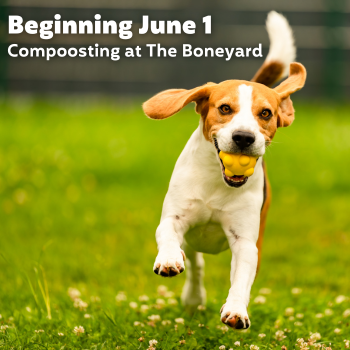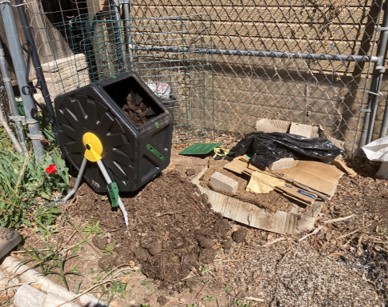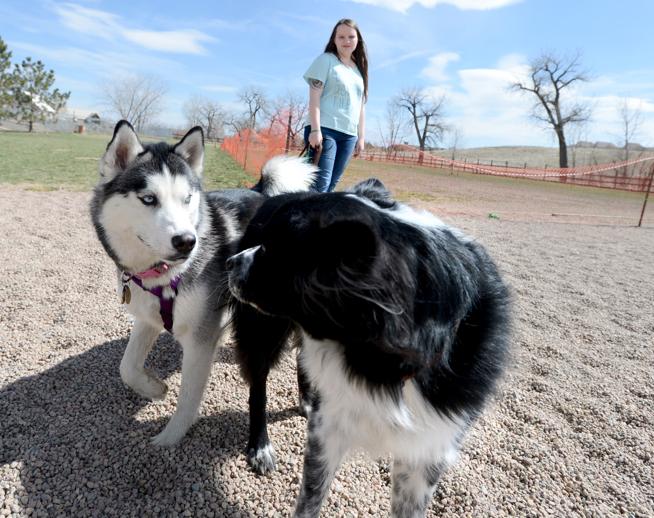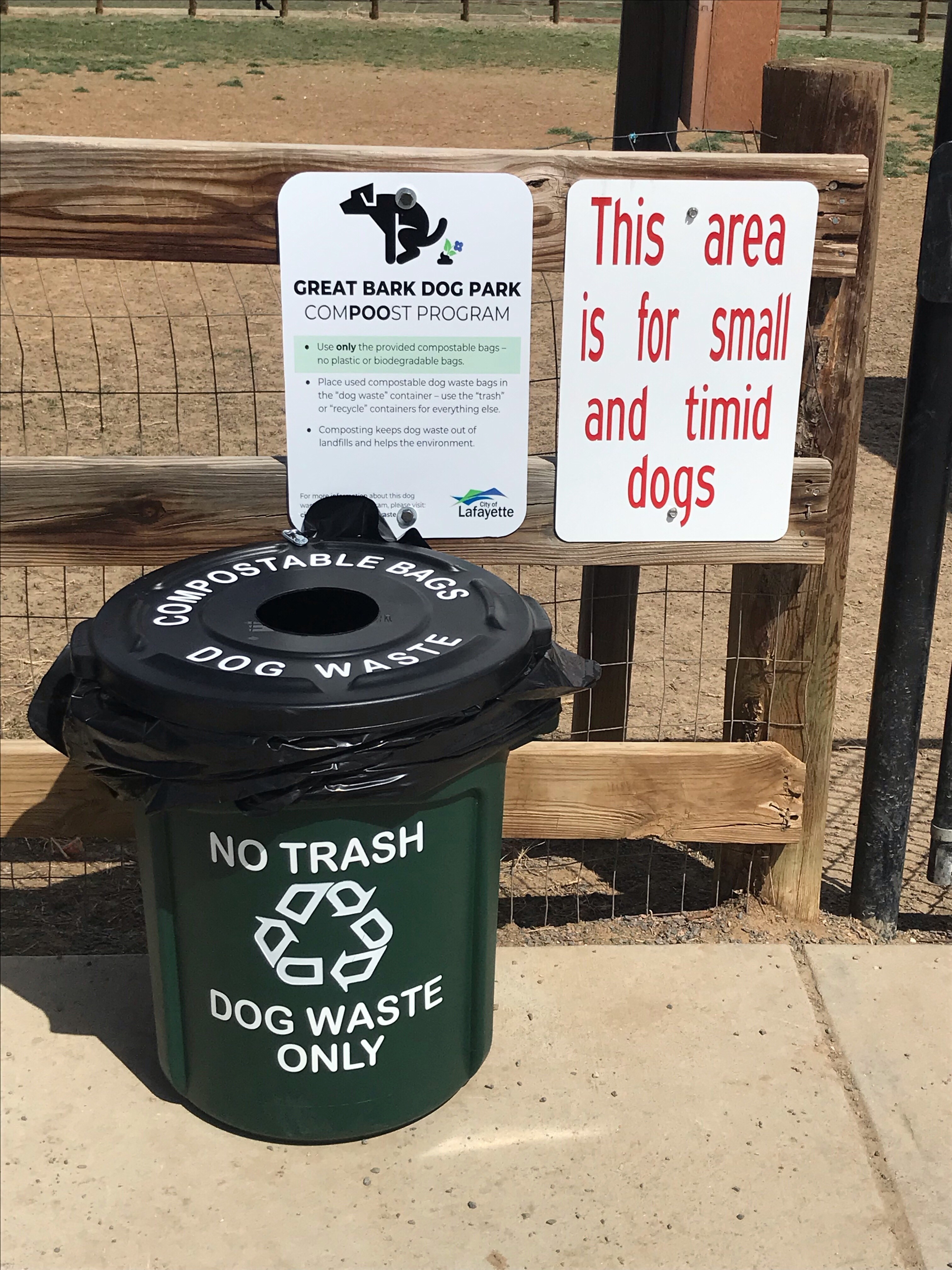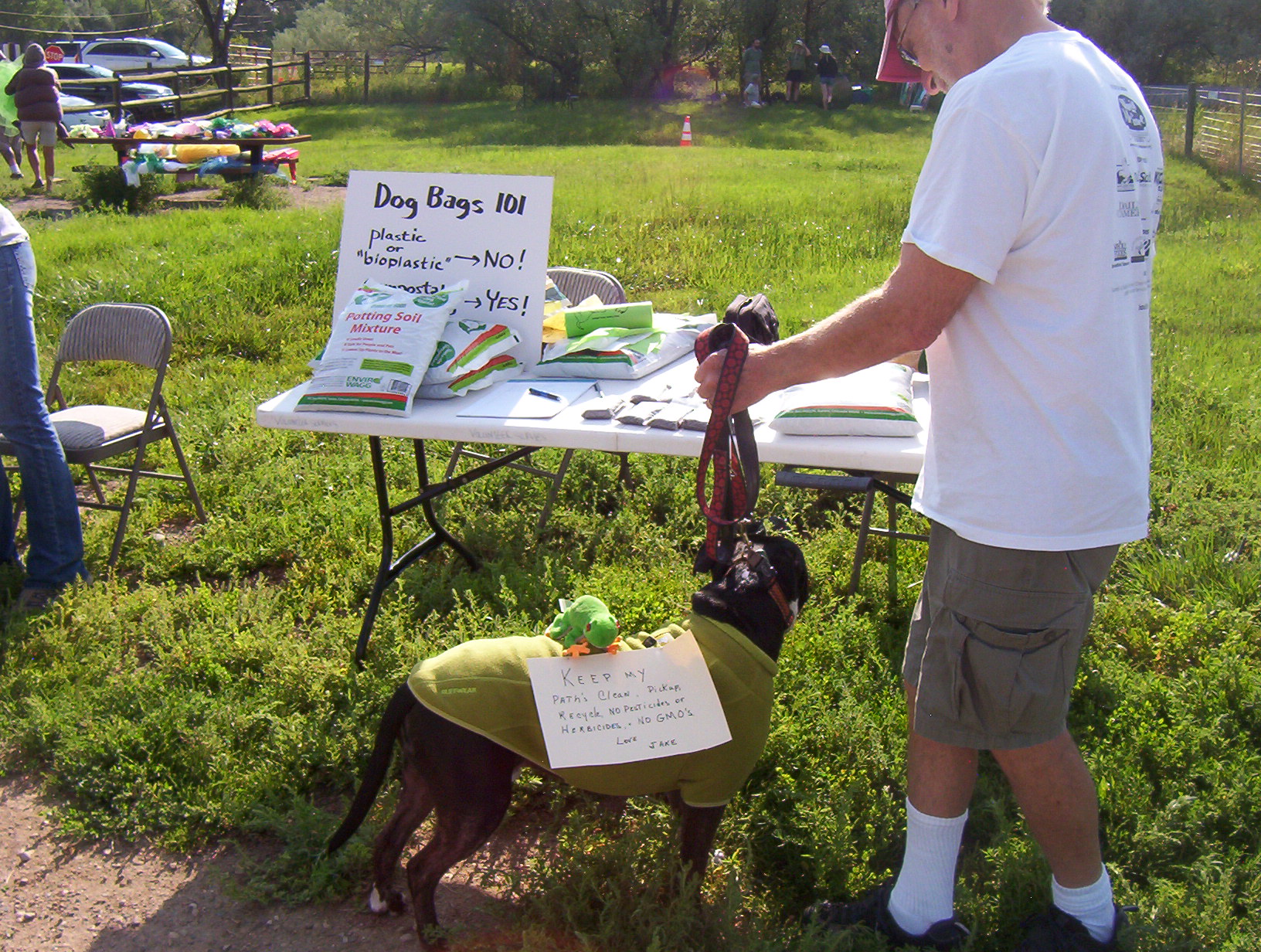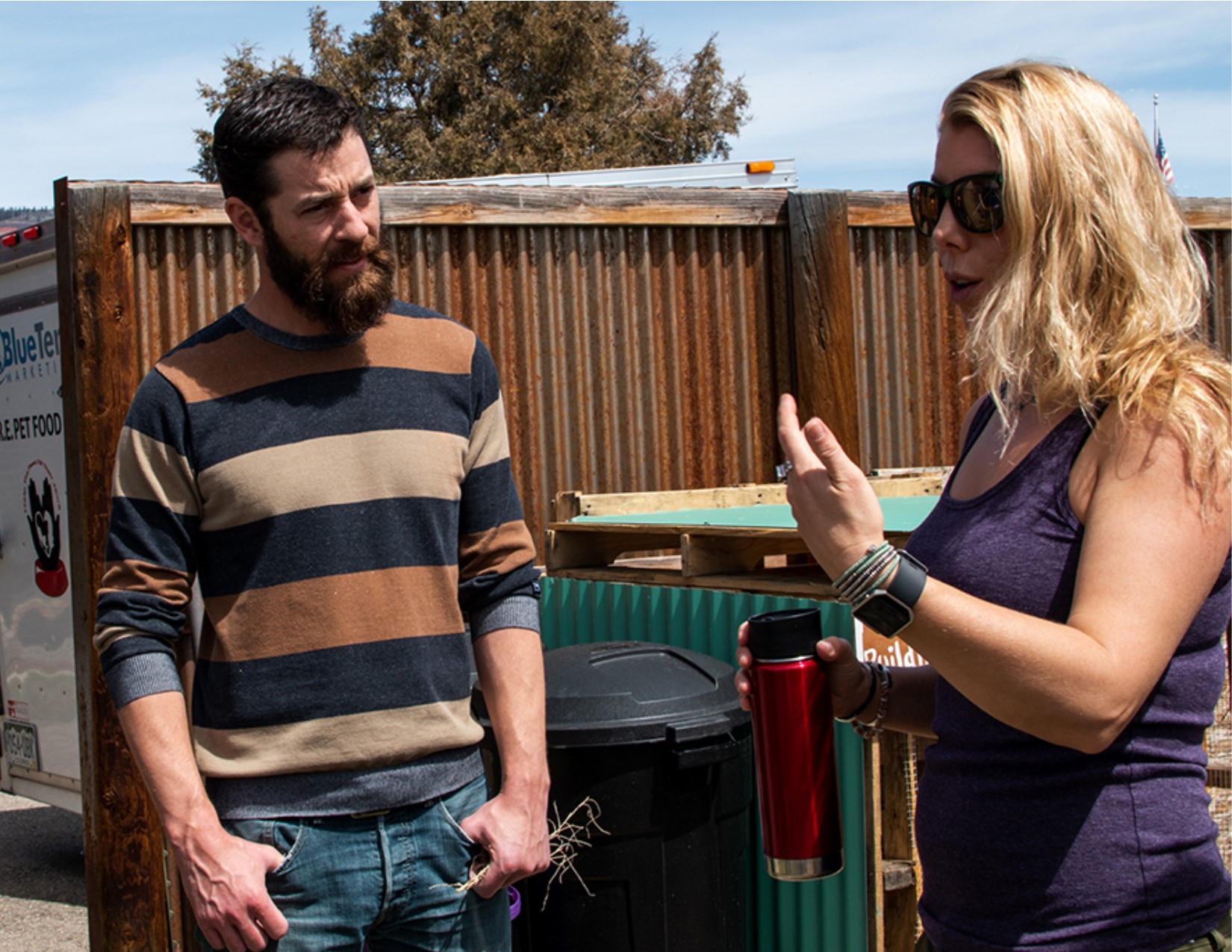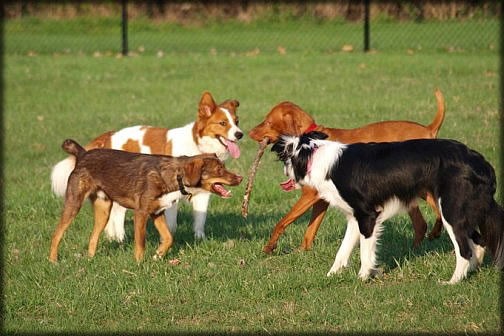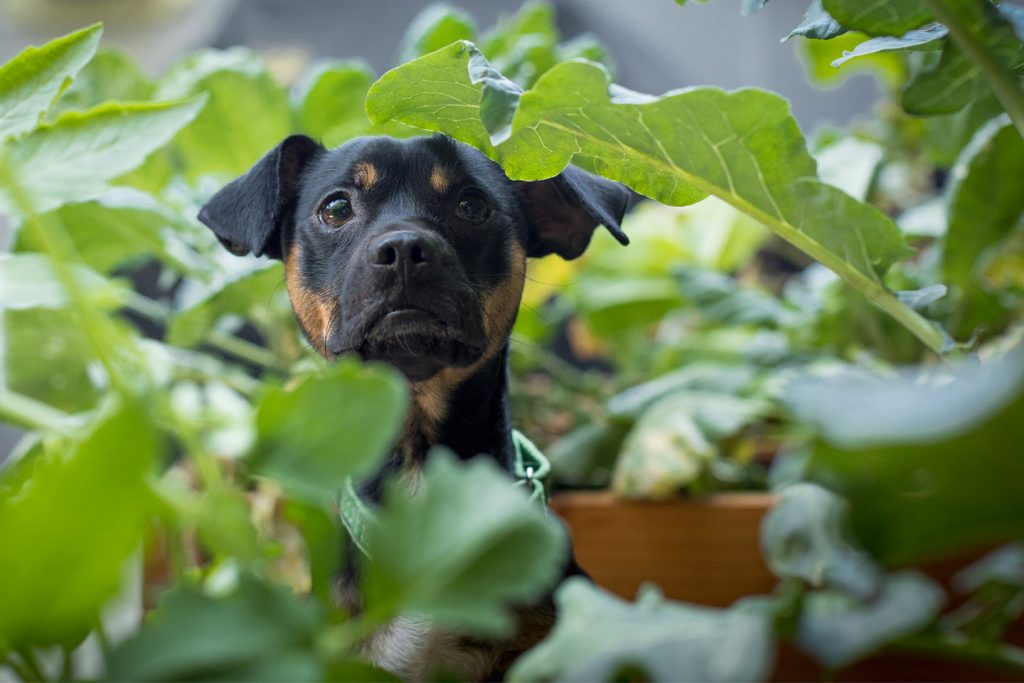What doesn’t get measured doesn’t get done.
Calculating how much dog and cat waste is streamed to landfills in the U.S. alone is difficult to do and the amount increases each year. There are no comprehensive official statistics, but here is one attempt to quantify trashed pet waste based on available data.
According to the 2017-2018 American Pet Products Association’s National Pet Owners Survey, there are a total of 89.7 million dogs and 94.2 million cats in the U.S. The same survey indicates that pet ownership has consistently trended upward over more than two decades.
Dogs
The Environmental Protection Agency estimates that the typical dog generates three quarters of a pound of waste per day – or 274 pounds per year. Therefore 89.7 million dogs produce 67,275,000 pounds (33,637.5 tons) of waste per day or 24,555,375,000 pounds (12,277,687.5 tons) per year. Each year U.S. dogs produce enough waste to cover 109 football fields (including end zones) 10 feet deep.
How much is trashed? A total of 80.7%: Percent of the US population living within urban areas; that calculates to approximately 78,039,000 urban dogs. According to several surveys, roughly 60% of dog owners say that they pick up after their dogs (Pollution Prevention Fact Sheet: Animal Waste Collection, U.S. Storm Water Center https://www.stormwatercenter.net/Pollution_Prevention_Factsheets/AnimalWasteCollection.htm). Sixty percent of 78,039,000 dogs brings the number of urban dogs with owners who pick up their waste to 46,823,400. Those dogs produce 35,117,550 pounds (17,558.78 tons) of waste per day or 6,408,952.875 tons per year.
Cats
Cats poop less, but there are more of them and city cats’ waste is co-mingled with mostly clay litter. No organization has undertaken an official study of the amount of waste cats produce, but an informal measure reported by Rose Seemann in The Pet Poo Pocket Guide: How to Safely Compost and Recycle Pet Waste https://earthhero.com/products/sustainable-essentials/rose-seemann-the-pet-poo-pocket-guide/ indicates that an average cat leaves around .3 pounds of waste/litter per day to be trashed. Approximately 70% of the 94.2 million cats are kept indoors. These 65,940,000 indoor cats produce 19,782,000 pounds (9.891 tons) of waste day or 3,610,215 tons (300,000 dump truck loads) per year.
This does not include co-mingled plastic and bulk cat litter resulting from litter box dumps. Disposal of the litter itself presents challenges. According to Judd H. Alexander in 1993’s In Defense of Garbage, over 2 million tons of cat litter ends up in landfills each year more than 2 million tons of clay litter is disposed of each year in the United States. That was 1996, but we’ll use that conservative number in our stats. So the sheer volume of used cat litter has a significant impact on landfills
Total pet waste to landfills
Six and a half million tons of dog waste plus 3.6 million tons of cat waste plus 2 million tons of disposed litter totals approximately 12 million tons of pet waste streamed to U.S. landfills each year.*
Pet waste compared to other U.S. waste
When reviewing the data for waste quantities below, keep in mind that anaerobic degradation of organics such as pet waste in landfills results in methane emissions that air quality.
- “Each ton of organic waste disposed of as landfill and broken down by anaerobic fermentation releases about one ton of carbon dioxide equivalents(CO2–e) of greenhouse gases, mostly in the form of methane”.
- Municipal solid waste (MSW) landfills are the third-largest source of human-related methane emissions in the United States, accounting for approximately 15.1 percent of these emissions in 2018
- In “Strategies for Reducing Degradable Organic Wastes in Landfills the Wisconsin Department of Natural Resources states: “Current landfill designs and practices do not provide for degradation of landfilled organic wastes within a defined and reasonable timeframe. Un-degraded organic wastes can potentially cause future environmental or economic impacts if the landfill gas and leachate collection and containment systems (cap and/or liner) fail at some time in the future. Potential economic burdens and environmental risks associated with these undegraded wastes will be largely borne by future generations.”
Below: from U.S. Environmental Protection Agency: 2018 Facts and Figures about Materials, as posted March 2021
Printed in black: direct data from EPA 2018 Facts and Figures (disposal of traditionally quantified materials)
Printed in red: estimated pet waste in residential waste stream
Municipal Solid Waste
| Materials |
Landfilled (in millions of tons) |
% of total MSW |
% recycled |
% combusted with energy recovery |
| Food |
35.28 |
21.5 |
Composting
6.08
Other management
41.57 |
21.85 |
| Plastics |
26.97 |
12.20 |
4.47 |
16.27 |
| Paper/paperboard |
17.22 |
23.05 |
66.54 |
12.16 |
| Metals |
13.93 |
8.76 |
12.62 |
8.54 |
| Wood |
12.15 |
6.1 |
4.49 |
8.22 |
| Dog and cat waste |
12?* |
12? ** |
– |
– |
| Textiles |
11.3 |
5.8 |
Rubber + leather + textiles
6.05 |
9.32 |
| Yard trimmings |
10.53 |
12.11 |
52.35 |
7.44 |
| Glass |
7.55 |
4.19 |
4.43 |
4.75 |
| Rubber and leather |
4.99 |
3.13 |
Rubber + leather + textiles
6.05 |
7.24 |
| Misc. inorganic |
3.27 |
1.39 |
0 |
2.32 |
| Other (?) |
2.93 |
1.56 |
1.40 |
1.91 |
* Six and a half million tons of dog waste plus 3.6 million tons of cat waste plus two million tons of disposed litter totals approximately 12 million tons of pet waste streamed to U.S. landfills each year.
** “We have been doing a series of waste audits on residential garbage. We’ve done two so far and the third is slated to be done August/September of 2018. What we did find in both of those audits, consistently, is that 12 per cent of what is in the residential waste is pet waste.” Susan Grimm, team leader, City of Airdrie (Alberta) Waste and Recycling Services
** According to Kirk Symonds, team lead-education and program delivery with Halifax Regional Municipality Solid Waste Resources, pet waste represents eight to 12% of the weight of all residential waste headed to the landfill. That weight includes kitty litter, dog feces, feathers, and pet bedding.
Summary
This data projection shows that pet waste is under the radar for the EPA and other agencies regulating and setting policies for MSW. But the need for accurate data on the quantity and its relationship to other MSW is essential to developing standardized best practices for diverting pet waste from landfills.


